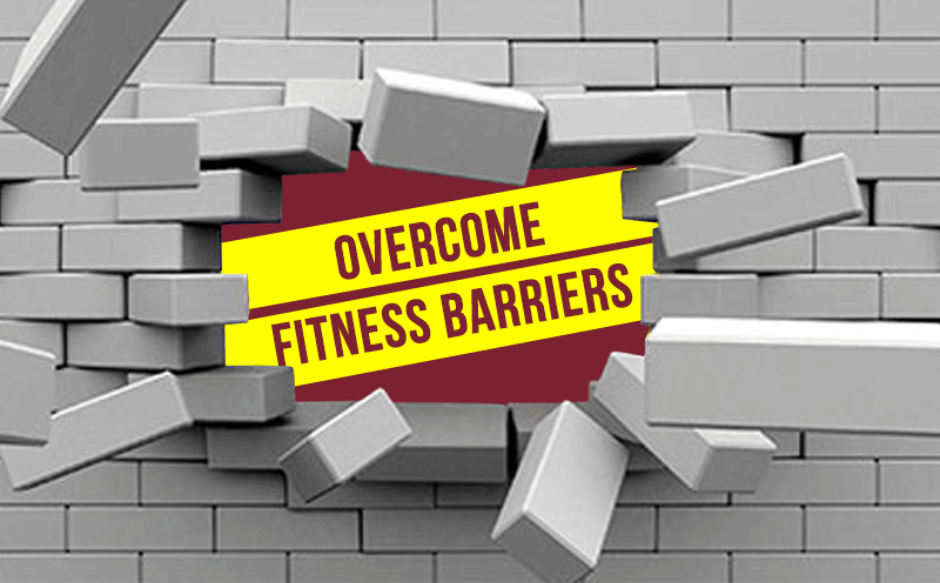Stress is an essential part of modern life, and it has very negative effects on mental health of people. Despite the chaos – there is a strong way to calm down – exercise. Looking at how exercise can change your mental health, “From Stress to Strength: Using Exercise as a Tool for Mental Wellness” is an interesting read. This article sheds light on the science behind the phenomenon by exploring the complex link between exercise and mental health. Clearly, this journey aims to give people the tools they need to use the healing powers of exercise by studying how the brain reacts to endorphins released during exercise and by exploring different types of physical activity. Join us on a journey to find strength, energy, and peace through the transformative power of movement.

The Science Behind Exercise and Mental Health
The Science Behind Exercise and Mental Health shows how exercise and mental health are connected in interesting ways. It shows how exercise has a big effect on the brain’s chemistry through deep research and real-life examples. Exercise creates a setting that is good for mental health and strength by encouraging the release of endorphins, neurotransmitters, and growth factors. Additionally, the scientific explanations for this link are truly amazing. So they include improving mood regulation and lowering the signs of anxiety and sadness. This article goes into more detail about the neurobiological processes at play and shows how exercise can change things as a key part of overall mental health practices. When people accept this information, they can use moving as a powerful way to build lasting health and strength within themselves.
Types of Exercise for Mental Wellness
Different kinds of exercise are good for mental health because they lower stress, boost happiness. And make it easier to think and remember things. Endorphin levels rise when you do aerobic workouts like jogging and swimming, and confidence rises when you do strength training. Mind-body exercises like yoga and tai chi help you relax, and things that take you outside into nature are also good for your mental health.
Aerobic Exercises
Jogging, riding, and dancing are all aerobic activities that raise your heart rate and release endorphins. Therefore, it makes you feel good and lower your stress. Regular physical exercise has been linked to better mental and emotional health.
Strength Training
Exercises like weightlifting and resistance training make you stronger and more confident. Thus, it is good for your mental health and self-confidence. Adding strength training to your practice is good for your mental health as a whole.
Mind-Body Exercises
Mind-body practices like yoga, tai chi, and Pilates mix movement with mindfulness and deep breathing. These practices help you relax and feel less stressed. These routines help you think more clearly and feel more balanced.
Creating an Exercise Routine
Setting achievable goals, picking fun activities, and planning regular workouts are all parts of starting an exercise program. Start by figuring out what your goals are and how fit you are. Also, do a variety of aerobic, strength, and flexibility routines that are suited to your needs and preferences. Building a routine that supports your health and well-being over time requires consistency and slow growth.
Setting goals
To start, make sure your fitness goals are clear, attainable, and in line with your objectives and aspirations. Setting clear, measurable, and attainable goals for your exercise routine will help you stay on track and motivated. Whether, you’re trying to lose weight, build muscle, or improve your fitness.
Picking an Activity
Pick exercises and other physical activities that you enjoy and that fit your tastes, hobbies, and level of fitness. Choosing things that you enjoy, like swimming, cycling, or dancing. thus it will help you stay with your exercise routine and make it more satisfying in the long run.
Planning your schedule
Set aside specific times each week to work out, and treat these times as important meetings that you can’t miss. Setting up a routine requires consistency, so make workouts a priority and don’t skip sessions. If you plan ahead, you can make sure that exercise is a normal part of your daily life.
Gradual Progression
To keep your body guessing and encourage continuous growth, slowly boost the length, difficulty, and intensity of your workouts over time. Use the principles of increasing overload to avoid hitting an end and get the best results. This way, you can slowly reach your fitness goals while lowering your risk of injury or burnout.
Overcoming Barriers to Exercise
Overcoming obstacles to exercise means figuring out what the problems are and putting plans in place to solve them. Lack of time, motivation, access to tools, and physical limitations are all common problems. Sometime, People can get past obstacles and start a healthy, long-lasting exercise practice by making goals, Clearly, that are attainable, planning ahead, finding fun activities, and asking for help from friends or professionals.

Time management
Make exercise a priority by setting aside time each day for it and treating workouts like meetings that you can’t miss. For people with busy lives, breaking up exercise lessons into smaller, easier-to-handle chunks can help make fitness more attainable.
Motivation boosters
Find ways to stay inspired and motivated to stick with your workout plan. Whether, you keep track of your progress, set clear goals, or treat yourself for reaching important milestones, staying motivated – is key to getting past problems and sticking with your exercise routine.
Access Solutions
If you can’t get to facilities or tools to work out, look into other ways to do it. This could mean doing things outside, working out at home, taking exercise classes online, or joining community programs and group activities to get around access problems.
Adaptation Strategies
If you have any health problems or physical limits, change the way you work out. Talk to a doctor or fitness professional to come up with personalized plans and changes. So that will help you be more active in a way that is safe and effective, overcoming any obstacles along the way and improving your general health.
The Role of Nutrition in Mental Wellness
Nutrition is very important for Mental Wellness because it affects mood, thinking, and how well the brain works generally. A healthy, well-balanced meal full of nutrients like omega-3 fatty acids, vitamins, and antioxidants is good for your mental health. On the other hand, bad eating habits like eating too much sugar and processed foods can lead to mood problems and memory loss. This shows how important mindful eating is for mental health.
Mood control
Eating nutritious foods like fruits, vegetables, whole grains, and lean proteins helps your brain’s neurotransmitters work properly. Which supports stable mood control and your overall emotional health.
Cognitive Function
A healthy diet full of omega-3 fatty acids, antioxidants, and B vitamins helps the brain work better, remember things, and focus. Additionally, it makes the mind clearer and sharper overall.
Gut-Brain Connection
The microbiome in the gut is very important for Mental health because it affects mood, the stress reaction, and the production of neurotransmitters. Eating fiber- and probiotic-rich foods helps keep the bacteria in your gut healthy, which is good for your mental health and emotional strength.
Inflammation and Mental Health
Long-term inflammation is linked to a number of mental health problems, such as anxiety and sadness. Eating anti-inflammatory foods like nuts, fruits, vegetables, and fatty fish can help lower inflammation levels, which is good for your general mental health and keeps your mood stable.
Exercise and Stress Reduction Techniques
Exercise and Stress Reduction Techniques looks at the strong link between working out and dealing with worry. Endorphins are neurotransmitters that help the body deal with stress. They are released when you exercise regularly. Doing things like yoga, meditation, or deep breathing routines can also help calm the Mental Wellness and make you feel more relaxed. By using these techniques regularly, you can successfully lower your stress, boost your mood, and improve your overall health. Accept that exercise can change you and use it as a key strategy to deal with life’s difficulties with strength and inner peace.
Conclusion
In today’s stressful world, it is very important to understand the important part exercise plays in mental health. “From Stress to Strength: Using Exercise as a Tool for Mental Wellness” describes how exercise can have a huge effect on mental health and explains how it works scientifically and how it can change people’s lives. By working out regularly, people can use its healing skills to build strength, energy, and peace for a healthy, happy life.











